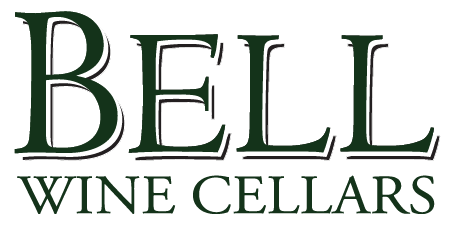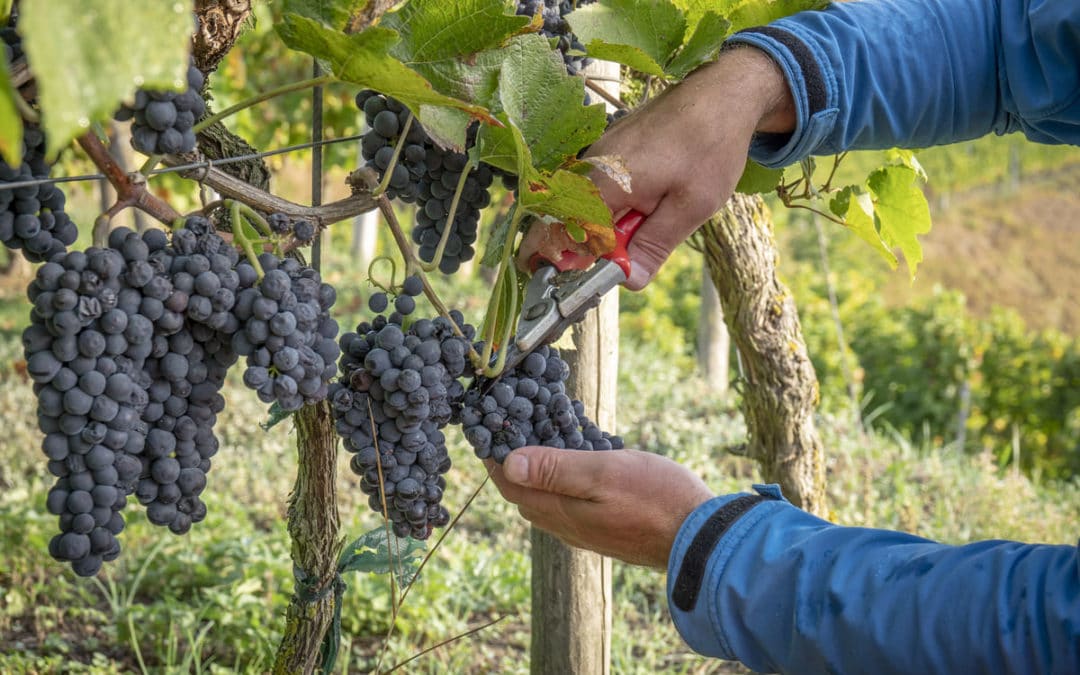Fortunately, every variety of grape matures at different rates, so harvesting the entire new crop will occur over nearly three months.
Beginning in late August, harvesting the grapes for sparkling wines and many of the white wines will be first. Over the subsequent two months, other varieties are scheduled for harvest as they reach their ideal level of maturity.
And finally, the grapes for conversion into Napa Valley Cabernet Sauvignon, generally considered the most popular, will be allowed to ripen until late October and even early November. Additional time allows the Cabernet and other luxury wine varieties to develop more concentrated flavors that impart the attributes that so many wine drinkers prefer.
Harvest and Preparation
Picking
As soon as the first vineyards are deemed ready, as determined by the vineyard manager, vineyard crews swarm among the vines and begin the picking process. Picking is hard, manual work, often performed during both day and night in many instances, that requires a great deal of skill and stamina to ensure that each phase of the harvest finishes in time before moving on to the next.
Sorting
As the grapes are picked, they must first pass through an inspection and sorting process during which workers remove the stems, debris, leaves, twigs, insects, and those damaged or unripe grapes that will not be making the trip to the winemaking process.
Crushing and Pressing
The newly harvested grapes are crushed at the crush pads to release the liquid content, the absolute first step in the winemaking process. While traditionally (and still occasionally), this process was performed with “stomping” feet, the sheer volume of the harvests today would require millions to participate at once.
Fortunately, the latest mechanical means are far more efficient and uniform.
Crushing and pressing are different processes. Crushing involves simply breaking the grapes to allow the juices, skins, and seeds to mingle. These remain together for red wines like Napa Valley Cabernet Sauvignons, imparting flavor and color to the liquid.
With pressing, typically for white wines, the juice is immediately separated from the skins, seed, and stems to preserve the juices’ natural clear color and unique flavors. Pressing also eliminates the tannins that are more apparent in red varietals but not desirable in white wines.
Fermentation
After the crushing/pressing stage, the juices are allowed to ferment. This early fermentation time may last for several days or weeks based on the winemaker’s assessment.
Following the fermentation stage, the new wines will be conveyed to tanks and barrels for appropriate aging.
Bell Wine Cellars
According to Bell Wine Cellar’s Winemaker John Hazak, excellence in winemaking is to “seek out the best” of the cross-section of high-quality grapes from the hillsides and valleys of Napa Valley’s extraordinary growing conditions.
Hazak believes that “Nurturing quality begins in the vineyards, is harnessed during winemaking, then carefully expressed with artful blending.”
Another harvest season begins in beautiful Napa Valley. Wine lovers everywhere will continue to expect only the highest quality Bell Wine Cellars’ 2021 Napa Valley Cabernet Sauvignon and other outstanding varietals to be released in the coming years.
To join Bell Wine Cellars Wine Clubs or learn more about their amazing Napa Valley winery, visit their website.
And, for more fun, you can pre-schedule a winetasting visit at the Bell Winetasting Room in Yountville to sample some of the outstanding Napa Valley Cabernet Sauvignon and other luxury wine varietals.
You may even set up a Virtual Cheese and Wine Tasting event for friends and family in the comfort of your own home, hosted by one of the Bell Wine Cellars’ expert sommeliers.
Phone Bell Wine Cellars to make reservations or get more information about their excellent Wine Club at +1-707.944.1673.

